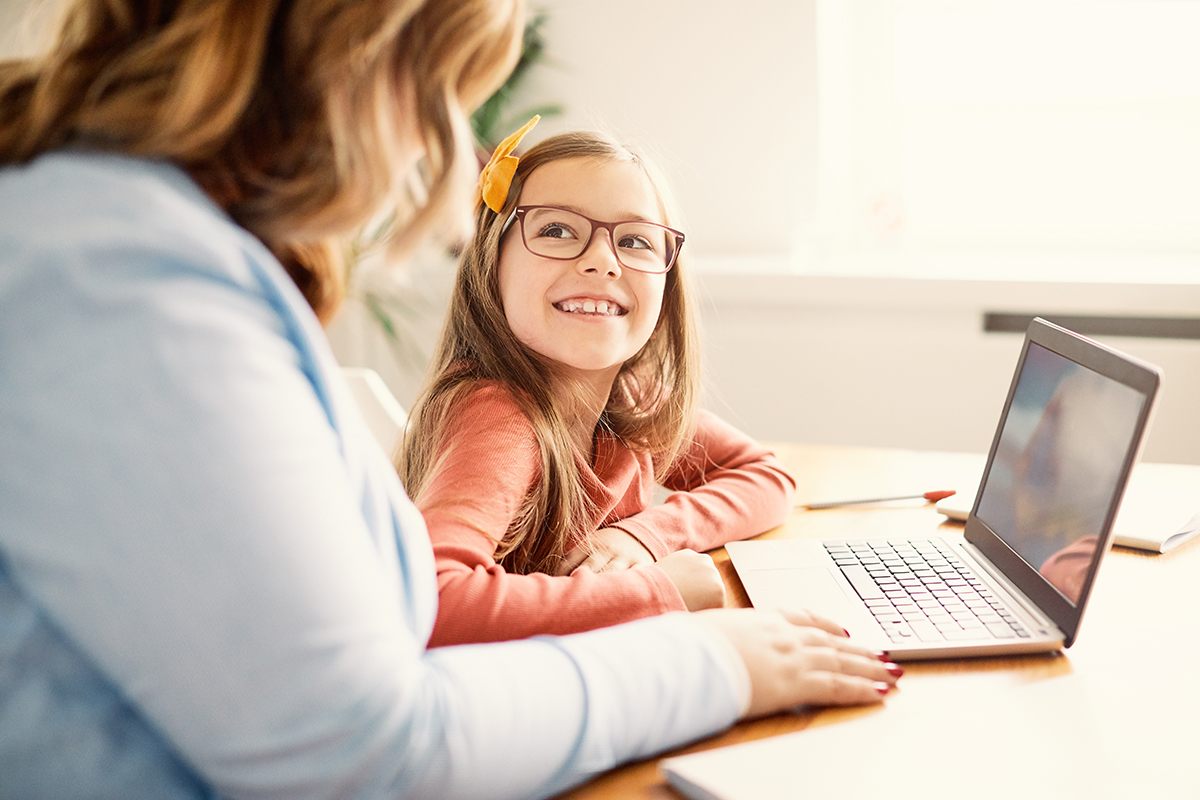Before Louis Armstrong begins warbling at the end of Nora Ephron’s You’ve Got Mail, the two main characters come to an impasse. Tom Hanks says, “It wasn’t personal,” right after putting Meg Ryan’s adorable children’s bookstore out of business with his super-sized chain store. With a Kleenex in hand, Meg says,
“All that means is that it wasn’t personal to you. But it was personal to me. It’s personal to a lot of people. What is so wrong with being personal, anyway? Because whatever else anything is, it ought to begin by being personal.”
Cue sentimental folks like myself grabbing for their own Kleenex box and clapping after Meg’s soliloquy.
Like bookstores, education is a business, too. It involves complex government funding, state-wide curriculum adoptions, EdTech businesses, publishers, millions of teachers, and even more millions of students. It’s easy for it to feel like a factory production line. But when a family comes in for a parent-teacher conference and sits across that kidney table, face-to-face with the teacher, it is an entirely personal affair. Their child’s future is at stake.
What is personalized learning?
Personalized learning is hard to define. Even the United States Department of Education admits that each state has its own way of explaining and measuring what quantifies a personalized education. In 2017, they put together a definition:
Personalized learning refers to instruction in which the pace of learning and the instructional approach are optimized for the needs of each learner. Learning objectives, instructional approaches, and instructional content (and its sequencing) may all vary based on learner needs. In addition, learning activities are meaningful and relevant to learners, driven by their interests, and often self-initiated.
Isn’t that the dream? Of course every educator would like to give each child a personalized pathway to success, but we are only human after all. If you teach middle or high school, you have 45-minute periods and see over 100 students a day. How is it possible to let 100+ students direct their own education and oversee it all in such short bursts of time? How do you ensure they’ve mastered each grade-level standard? If you’re in an elementary school, you’ve got some fundamental, sequential phonics skills to teach, and most students will not self-select to learn the “oo” sound-spelling pattern from the moon card.
Yet, we can’t go back to the sage-on-the-stage lecture-style instruction followed by piles of homework, either. We know better now and must do better. If each student is a tiny human, unique in their strengths and preferences and background knowledge on any given subject, then a one-size-fits-all, always whole-group approach will not meet every student’s needs.
Perhaps personalized learning is hard to define because it’s equal parts pedagogy combined with hope. A hope that somehow in this big box, complex system we call public education, we can find a way to give every student the personal breakthrough moments they deserve to have. To throw in the towel means that parent, the one in tears sitting across the kidney table, is forced to fight alone for their child because it will always be personal for them.
They shouldn’t have to fight alone.
What does personalized learning look like?
If we believe that every child deserves a personalized education and that technology is here to help, not hurt, the big question left is, what is the blueprint? What does it look like in action to do the impossible? Here are three simple ways to move toward a more personalized learning experience for your students.
